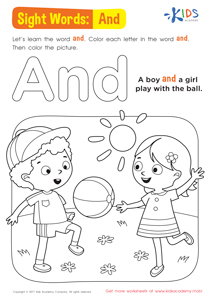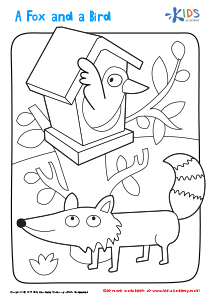Easy Tracing Shapes worksheets activities for 8-Year-Olds
1 filtered results
-
From - To


Drawing with a Little Monster Worksheet
Easy Tracing Shapes worksheets activities are an invaluable tool in early childhood education, serving as the cornerstone for developing fine motor skills, cognitive abilities, and understanding of geometric concepts among young learners. These worksheets, designed with simplicity and engagement in mind, provide children with the opportunity to trace various shapes such as circles, squares, triangles, and more, making learning both enjoyable and educational.
First and foremost, Easy Tracing Shapes worksheets activities help in refining fine motor skills. The act of tracing shapes requires control, coordination, and precision, all of which contribute to the development of the small muscles in a child's hands and fingers. This dexterity is crucial, not only for writing but also for other daily activities like tying shoelaces or buttoning clothes.
Moreover, these activities serve as an early introduction to geometry. By tracing and recognizing different shapes, children start to understand basic geometric concepts. This early exposure helps lay a solid foundation for more advanced mathematical learning, making abstract concepts more tangible and easier to grasp in the future.
Cognitive development is another significant benefit of Easy Tracing Shapes worksheets activities. As children engage with these worksheets, they learn to follow directions, focus on the task at hand, and complete a set goal. This process enhances critical thinking and problem-solving skills, as they figure out how to navigate the tracing paths and recognize different shapes.
Additionally, these worksheets are incredibly versatile and can be tailored to suit various learning environments—be it at home, in daycare, or in a classroom setting. They can be easily incorporated into a daily learning routine, making them a convenient and effective educational tool.
In conclusion, Easy Tracing Shapes worksheets activities are not just a simple tracing task; they are a comprehensive learning experience that fosters motor skill development, introduces fundamental geometric concepts, enhances cognitive abilities, and prepares children for more complex learning challenges ahead.
 Assign to the classroom
Assign to the classroom












